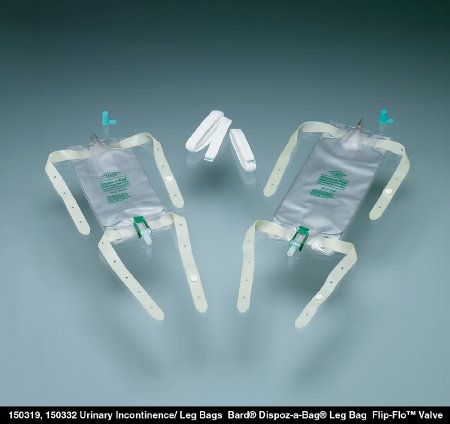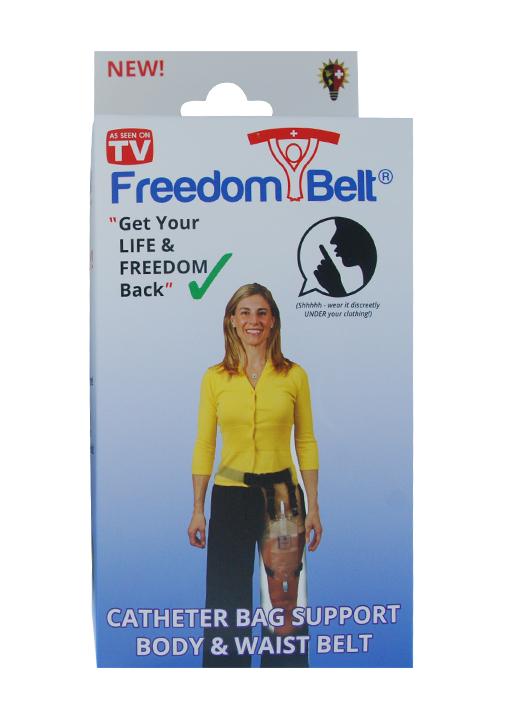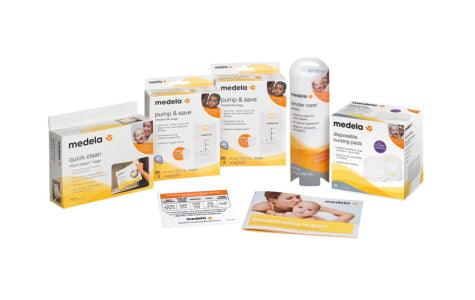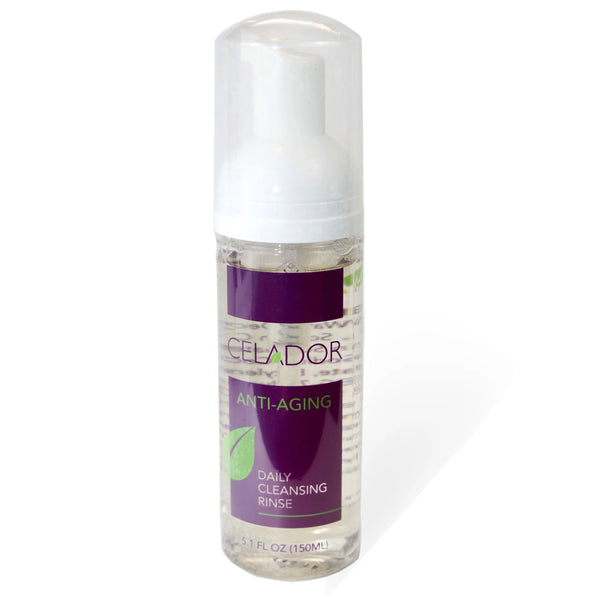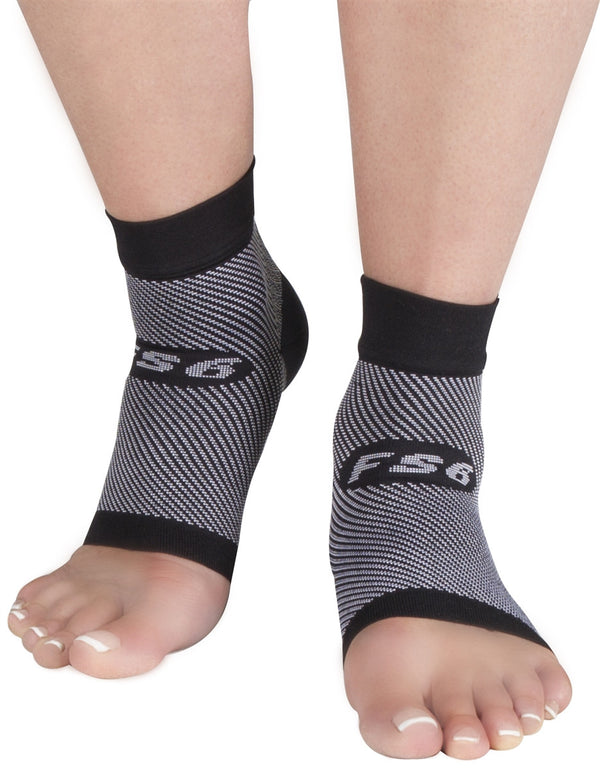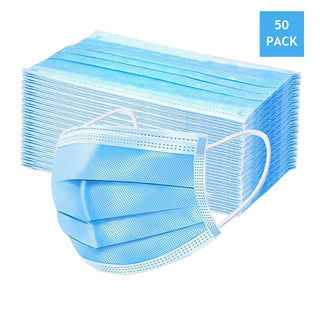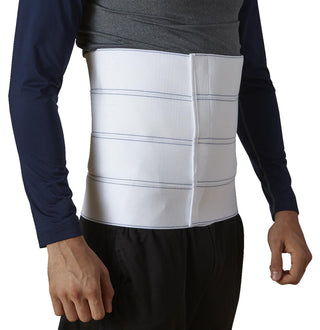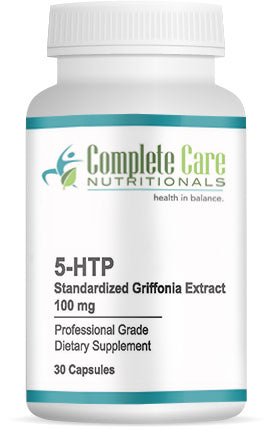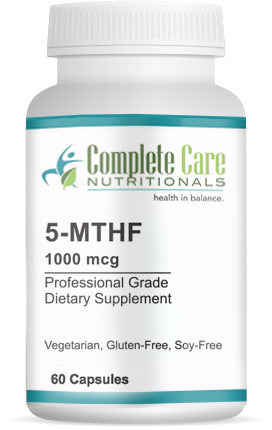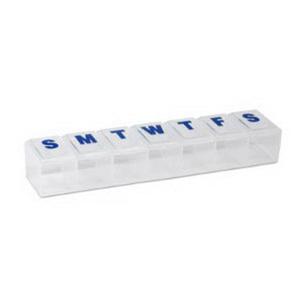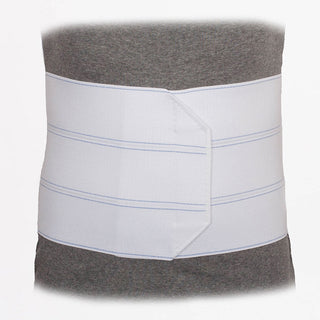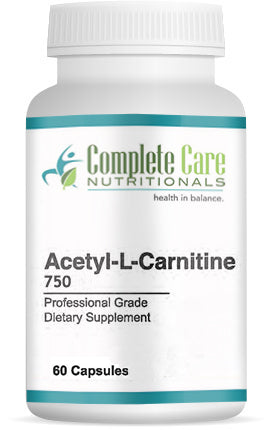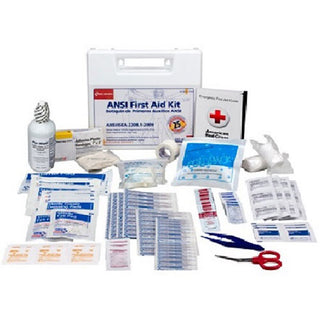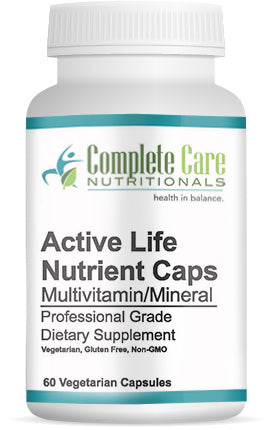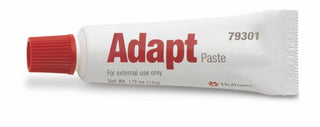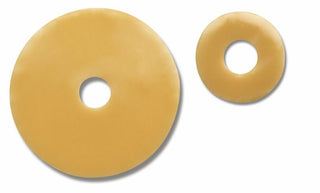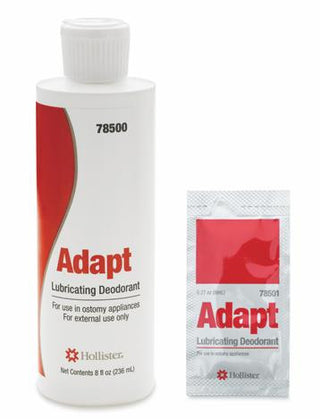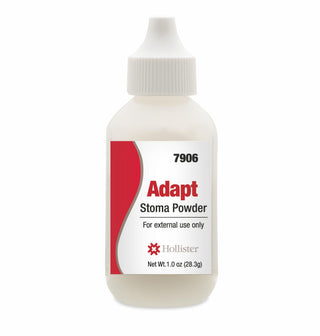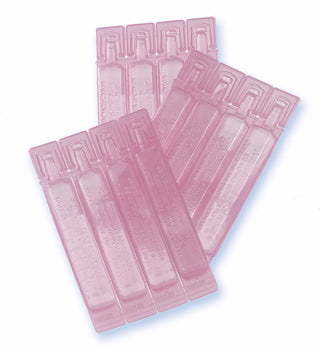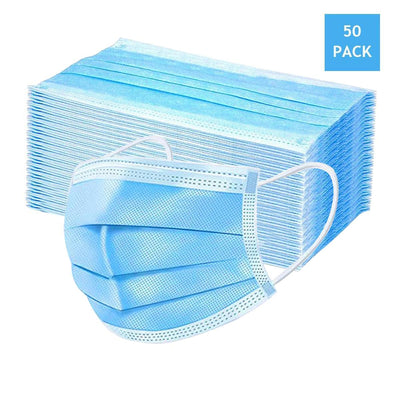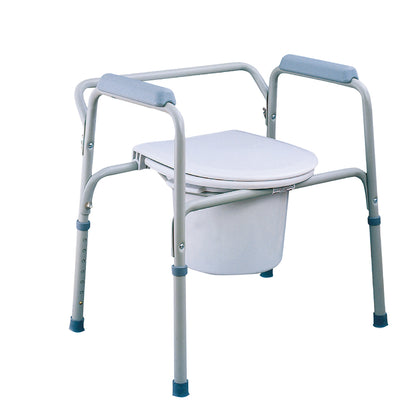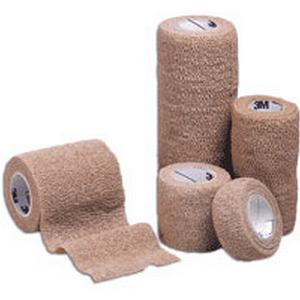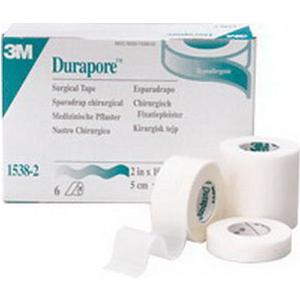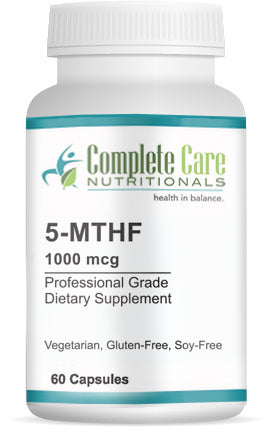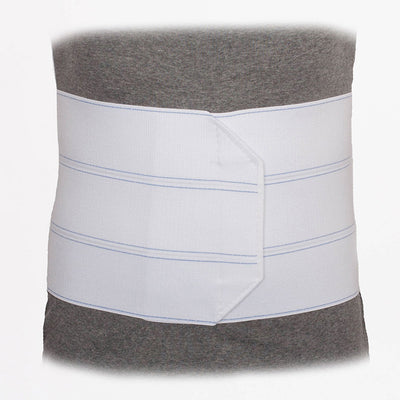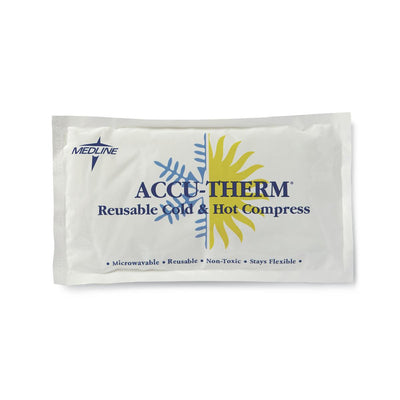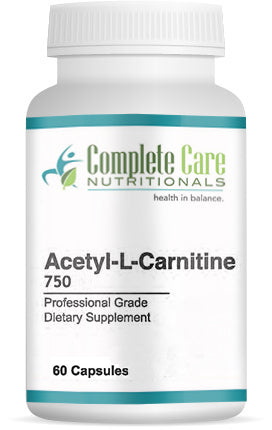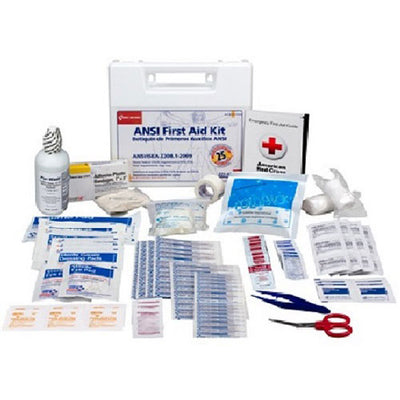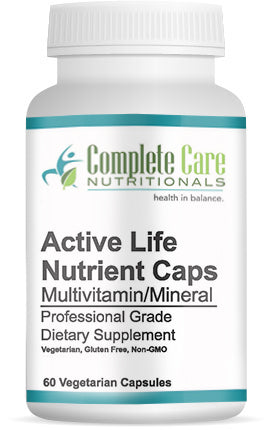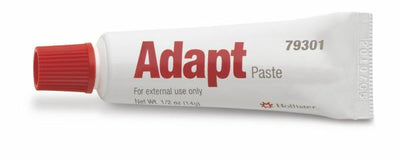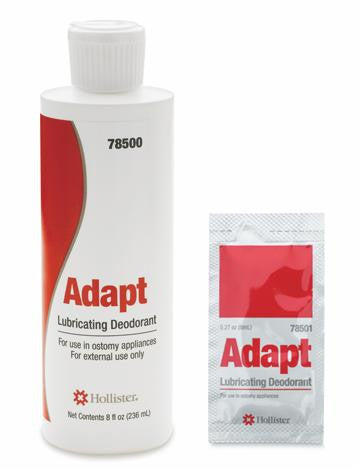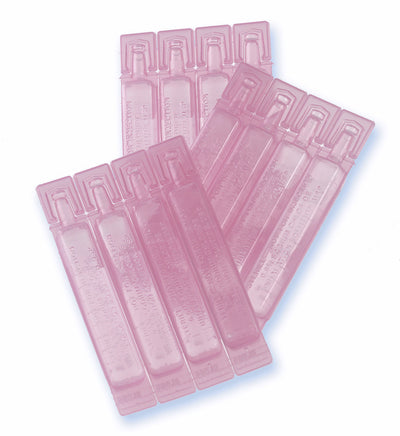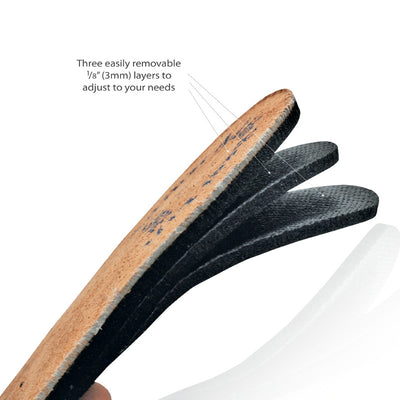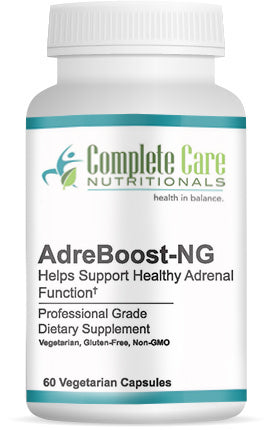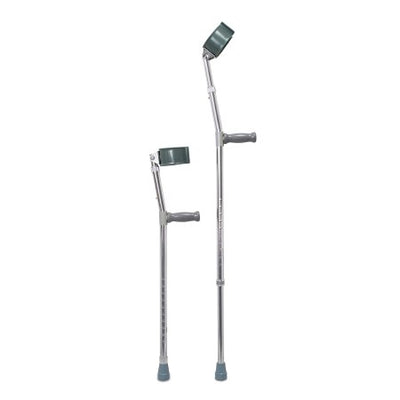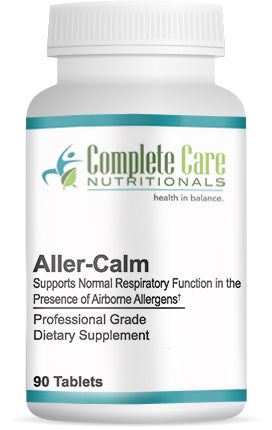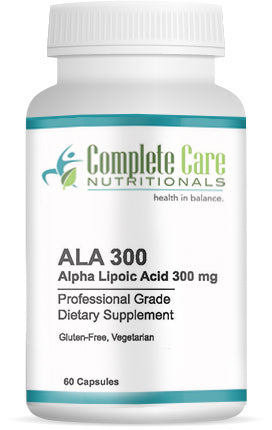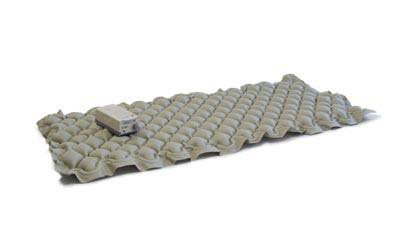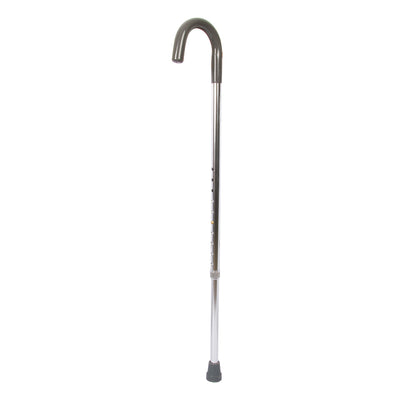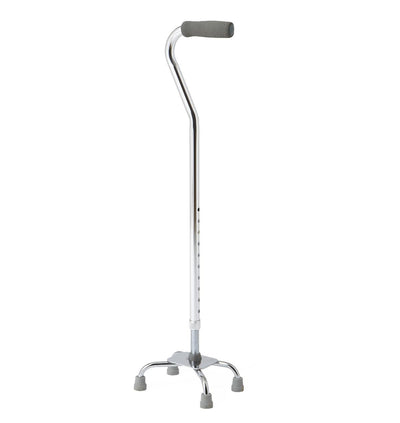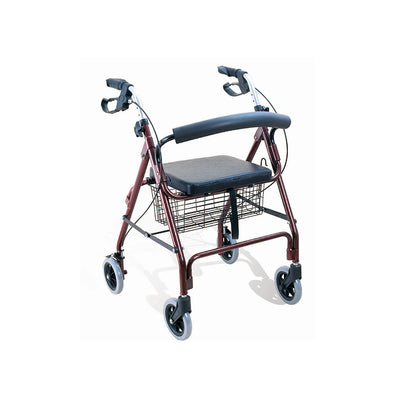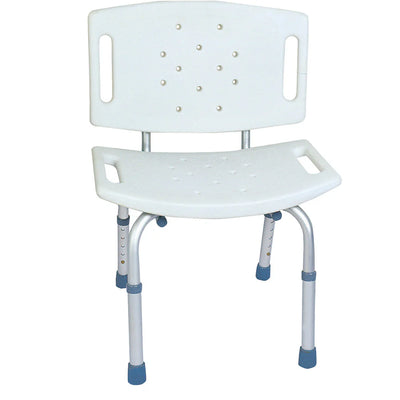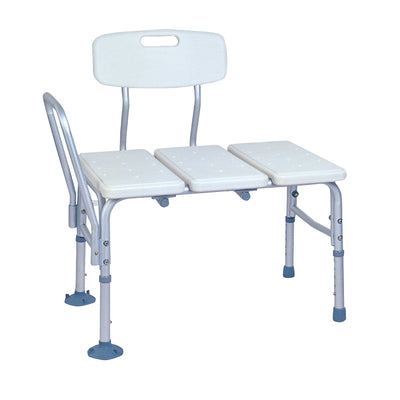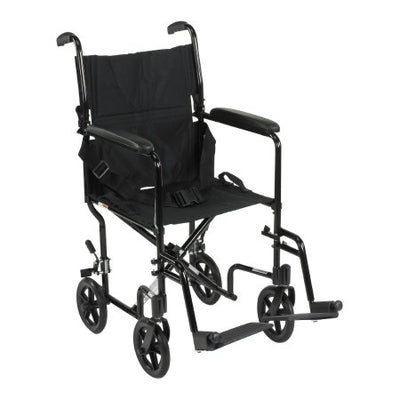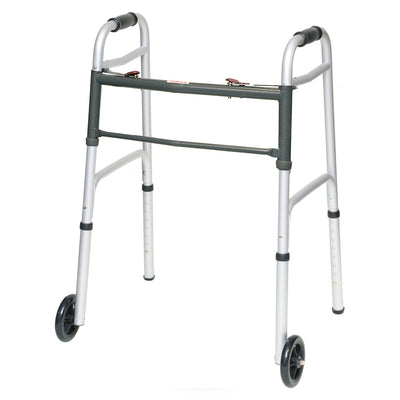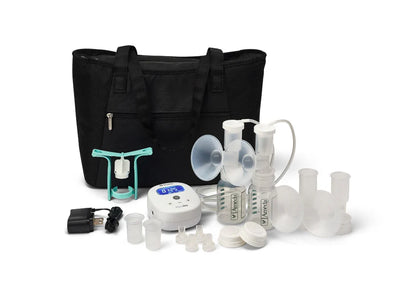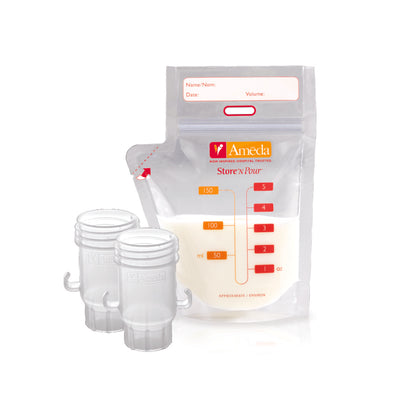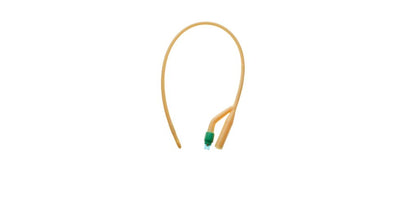 In 2008, the world market for urinary continence care devices of all kinds (mainly catheters and pads) was estimated to be US$1.8 billion per year. That being said, new products are consistently being developed to make life easier for those who need incontinence-related medical supplies. However, it's important to note that as is the case with many types of products, a lower cost for incontinence products can often indicate a lower overall quality. Here's what patients should know about the link between lower cost and quality regarding incontinence-related medical supplies.
In 2008, the world market for urinary continence care devices of all kinds (mainly catheters and pads) was estimated to be US$1.8 billion per year. That being said, new products are consistently being developed to make life easier for those who need incontinence-related medical supplies. However, it's important to note that as is the case with many types of products, a lower cost for incontinence products can often indicate a lower overall quality. Here's what patients should know about the link between lower cost and quality regarding incontinence-related medical supplies.
Risk of Infection
First, you should know that catheter associated urinary tract infections (CAUTI’s) are the most common type of healthcare-associated infections, accounting for more than 30% of healthcare-associated infections reported by acute care hospitals. Typically, CAUTI's result from the use of an indwelling catheter, a reused or contaminated catheter, using a poor quality catheter or improper insertion. However, with the intermittent catheters available now, proper insertion and proper use your chance of developing a CAUTI greatly lowers. If you are prone to these, there are also Closed System Catheters that are designed specifically to reduce UTI's. They are more expensive, but with proper documentation from a doctor can be covered by insurance. With this in mind, it's important to discuss your specific needs and limitations with your doctor so they can help design a plan that works best for you. Talk to us at Complete Care Medical or another healthcare professional to find the best products based on your financial and health needs. We can also help you with the proper questions to ask you physician and what is needed by your insurance to get your products covered (if possible).
Using cheaper incontinence products, such as pads, briefs, and diapers, can result in the user being in contact with urine or stool. The resulting smell aside, this contact can cause skin conditions such as incontinence-associated dermatitis (IAD), perineal dermatitis, irritant dermatitis, moisture lesions, or even diaper rash.
Patient Responsibility
While higher cost means a better overall quality, it's important for patients to understand their personal responsibility regardless of their supply quality. Keeping up with regular cleaning and maintenance is also crucial in staying healthy and keeping infection risks at bay. For example, make sure to keep your leg and drain bags clean, or if your incontinence product leaves liquid in contact with your body change it and clean the area.
Product Quality
Simply put, a cheaper final product means costs are cut in producing that product in some aspect. This could be a cut in the quality of raw materials or a cut in the quality of production, each of these ends up in a lower quality product for the consumer. While saving a few bucks in the beginning, you end up spending more down the road. This spending comes in the form of comfort, confidence, possibly health, and of course money.
The Following case study from HomeCare Magazine gives a great picture of what this looks like:
Mary's Story: How lower-quality products affected the daily costs of incontinence care:
- Cost of laundry (water, electricity and detergent): Estimated at $ .75 per load between the washer and the dryer. Mary averaged three extra loads from John’s soiled clothing and linens. She washed these soiled items quickly and separately to avoid lingering odors.
Daily cost: $2.25- Cost of incontinence products: Mary usually shopped at the giant chain store near their house and tried to stick with the name brands, believing they were her best chance of preventing leakage and keeping John comfortable day and night. She tried asking an employee for advice, but they knew less than she did about these things. There were “sales” all of the time, but she generally averaged a cost of $ .55/each. She usually used between from six to eight of these each day. Daily cost: $3.85 (Average of seven products)
- Cost of additional absorbent products: Mary found leakage to be common no matter what brand she bought. She had heard that putting an absorbent pad inside of John’s protective (disposable) underwear could help reduce this recurring leakage. Costs varied greatly on this pad depending on what was left on the shelf when she went to the store. Daily cost: $1.75 (Average of seven products)
- The total daily cost for Mary and John comes to $7.85.
To keep the math simple, related items that Mary often used such as room spray and candles (to mask odors) or disposable underpads to try and protect linens and furniture weren’t included in this cost analysis. Other personal or household cleaning items that Mary purchased (when leaks occurred during the daytime) were also not included.
Janet's Story: Similar to Mary's story, but Janet's shows what happened when she made the switch.
How higher-quality products affected the daily costs of incontinence care:
- Cost of laundry: The wet linen situation was completely gone. Minor leakage made it to Bob’s outer clothing too few times to count, and when it did occur, it usually only affected Bob’s pajamas once in a blue moon. Daily cost: $0.00
- Cost of incontinence products: Janet switched Bob’s brand to a higher quality and more absorbent brand that she had never heard of before her visit to the supply store. The cost of this product was more than twice what Janet had been paying. But as the supply store employee had predicted, the need to change as frequently declined sharply (along with the leakages that they had carefully planned their days around). The cost of these products did not fluctuate with intermittent “sales” and was always around $1.25/each. She found that four of these protective underwear would easily thwart leakage over the course of 24 hours. Daily cost: $5.00
- Cost of additional absorbent products: Again, as predicted by the supply store employee, the need for these “booster” pads had diminished. The higher quality product had completely eliminated the need for additional absorbency beyond what it offered. Daily cost: $0.00
- The total daily cost for Janet and Bob comes to $5.00.
Janet’s daily routine returned to normal and Bob's dignity and independence returned. She and Bob both enjoyed a full night of sleep culminating in a bright new day. She didn’t need to light candles or wave room sprays around every room Bob was in anymore, either.
As you can see the overall quality of life for the patient and caregiver improves with a better product. Both parties gain piece of mind, reduced stress, time, and overall happiness. On the patient side, their confidence and comfort greatly improves since they don't have to deal with odors, leakages, or discomfort due to moisture. Though the daily costs weren't too different, that extra $2.85 will add up: One month= $85.50, One Year= $1,040.25. Keep in mind too that Mary's cost didn't include the cleaning products, order control products, or additional underpads that were purchased. That ends up being a huge saving that could go in your retirement fund or pay for a quick vacation.
While the fact remains that cost correlates to quality when it comes to incontinence products, experts say that type and variety of products is continuing to expand, offering more options and versatility to patients. Ultimately, understanding incontinence industry trends and product qualities can help you make the best decisions based on your specific healthcare needs. For more information about urinary catheters, commodes, and other incontinence supplies, contact Complete Care Medical Today.
Our Product Highlight:
The Unique Wellness Product line has been featured on Discovery Channel's How Stuff Works and uses NASA inspired multi layered InconTek® technology that keeps you dry for 8 hours. Click on the bold name or product picture for more information.
Unique Wellness Briefs: Bag of 18= $24.99, Case of 54= $79.97
Unique Wellness Underwear: Bags= $19.99, Case= $79.97
If you would like to try samples of this product Call or Email us Today!
Phone: (281) 619-2050
Toll Free Phone: (800) 503-7604
Email: info@getcompletecare.com








